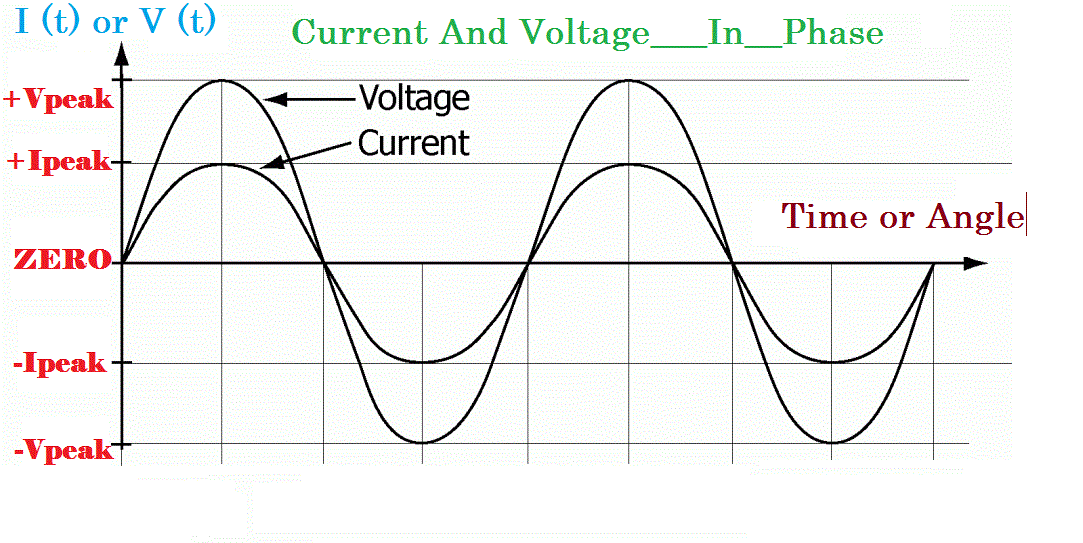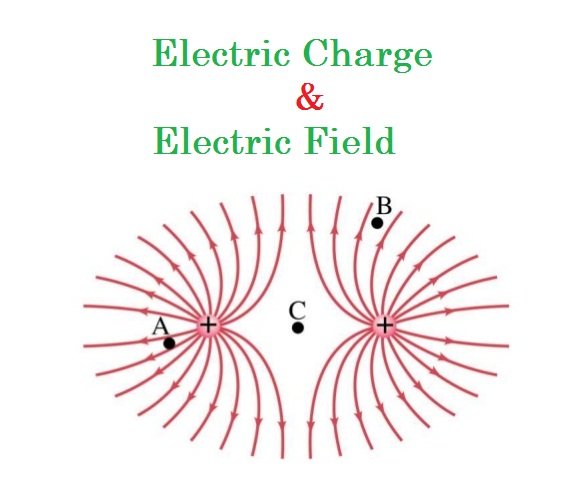VOLTAGE & CURRENT: Voltage attempts TO make a current flow, and current will flow if the circuit is complete. Voltage is sometimes described as the 'push' or 'force' of the electricity, it isn't really a force but this may help you to imagine what is happening. It is possible to have voltage without current, but current cannot flow without voltage....

CHARGE: Electric Charge, Basic Property of Matter Carried by some elementary particles. Electric charge, which can be positive or negative, occurs in discrete natural units and is neither created nor destroyed.

ELECTRIC CIRCUITS: which are collections of circuit elements connected together, are the most fundamental structures of electrical engineering. A circuit is an interconnection of simple electrical devices that have at least one closed path in which current may flow. However, we may have to clarify to some of our readers what is meant by “current” and “electrical device,” a task that we shall undertake shortly. Circuits are important in electrical engineering because they process electrical signals, which carry energy and information; a signal can be any time varying electrical quantity. Engineering circuit analysis is a mathematical study of some useful interconnection of simple electrical devices...

In describing the operation of electric circuits, one should be familiar with such electrical quantities as charge, current, and voltage.

Charge and Electric Force: The proton has a charge of 1.602 10−19 coulombs (C), while the electron has a charge of −1.602 × 10−19 C. The neutron has zero charge. Electric charge and, more so, its movement are the most basic items of interest in electrical engineering. When many charged particles are collected together, larger charges and charge distributions occur. There may be point charges (C), line charges (C/m), surface charge distributions (C/m2), and volume charge distributions (C/m3).
Coulomb’s law gives an expression to evaluate the electric force in newtons (.N.) exerted on one point charge by the other:

where Q1 and Q2 are the point charges (C); R is the separation in meters (m) between them; ε0
is the permittivity of the free-space medium with units of C2/N.
👌👌👌👌👌👌
thank you boss
Here I am, bot.
thank you maam
thanks for sharing with us
most welcome
well done....u r improving so fastly...keep it up
thank you maam
Thanks for sharing
thank you boss
great post
thank you
Congratulations! This post has been upvoted from the communal account, @minnowsupport, by mahir9686 from the Minnow Support Project. It's a witness project run by aggroed, ausbitbank, teamsteem, theprophet0, someguy123, neoxian, followbtcnews, and netuoso. The goal is to help Steemit grow by supporting Minnows. Please find us at the Peace, Abundance, and Liberty Network (PALnet) Discord Channel. It's a completely public and open space to all members of the Steemit community who voluntarily choose to be there.
If you would like to delegate to the Minnow Support Project you can do so by clicking on the following links: 50SP, 100SP, 250SP, 500SP, 1000SP, 5000SP.
Be sure to leave at least 50SP undelegated on your account.
Excellent post on electricities voltage.